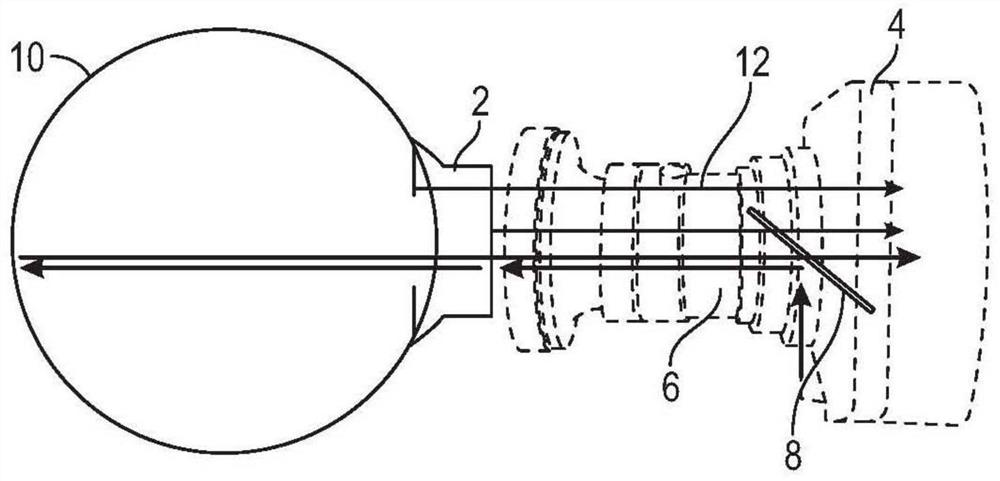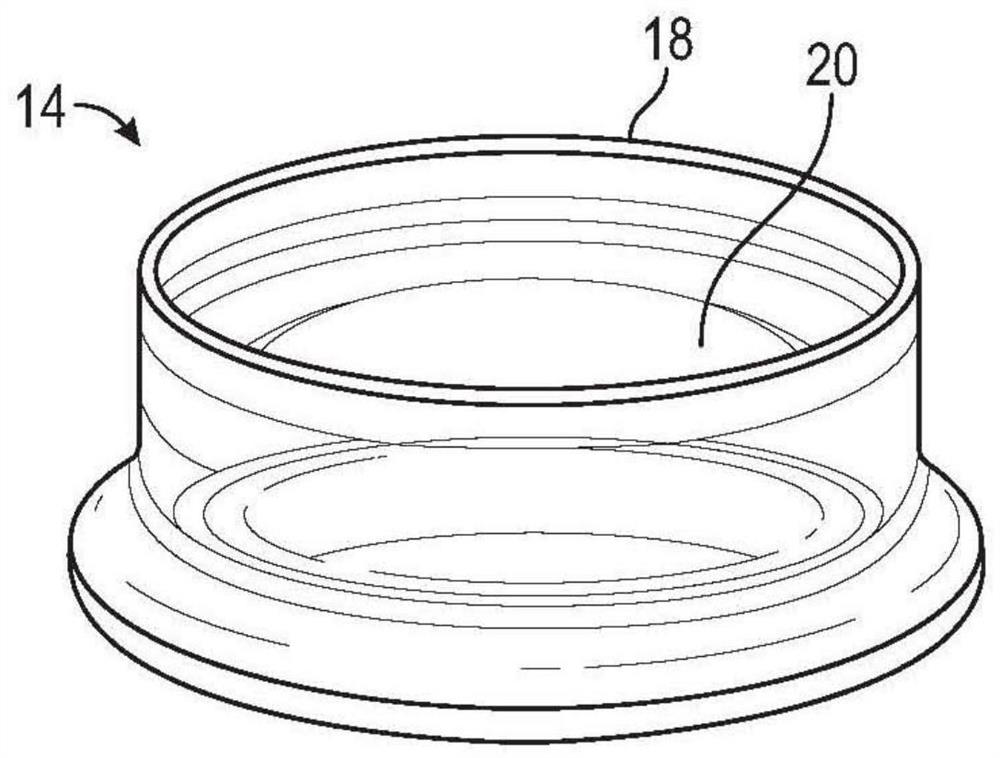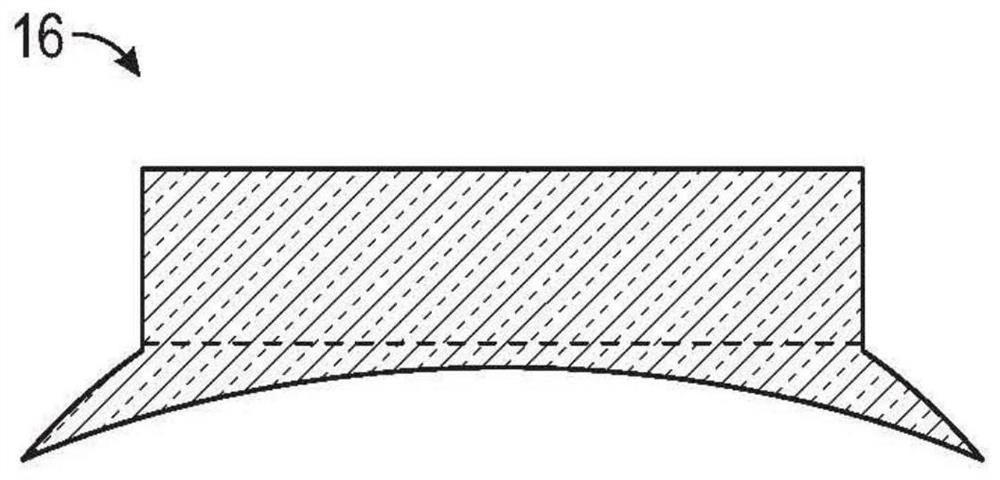Illuminated contact lens and system for improved eye diagnosis, disease management and surgery
A contact lens, surface contact technology, applied in the direction of using light for diagnosis, diagnostics, ophthalmoscopy, etc., can solve the shortage of eye care providers, inefficiency of eye examinations, etc.
- Summary
- Abstract
- Description
- Claims
- Application Information
AI Technical Summary
Problems solved by technology
Method used
Image
Examples
example 1
[0082] As noted above, an eye care professional using our system remotely can typically effectively evaluate a retinal photo and make a gestural swipe or click diagnosis in less than ten seconds, especially for normal photos. Significantly unusual photos may also take less than 10 seconds to quickly tag with a swipe or tap, and then quickly categorize them again with a swipe or tap. These correspond to the first and second layers described above. If an eye care professional can average one (or a left and right pair) retinal assessment every 10 seconds, that translates to 6 patients / pair of eyes per minute and 360 per hour. Assuming two hours of rest and six hours of active work per day and assessments five days per week, it is conceivable that each eye care specialist could assess 10,800 patients per week, or approximately 540,000 patients per year, at a cost of only A fraction of traditional inspections. A busy eye care professional may perform traditional eye exams on 50 p...
example 2
[0084] Busy eye care professionals don't need to spend their entire day with our systems. Instead, a few hours per day were enough to make a significant difference—both patient-to-patient and off-hours. If each ophthalmologist analyzes retinal photographs for 2 hours per week (720), that is 3,600 per week, and 3 hours per weekend (1,080), or 2,160 per weekend, the total number of patients evaluated per year per ophthalmologist is 288,000 .
[0085] In another embodiment, after images pass a quality control image check (see eye imaging camera description) and are uploaded and transmitted, diagnostic algorithms aid in the diagnosis of diabetic and hypertensive retinopathy and annotate specific retinal features suggestive of diagnosis. Initially, we first used AI to classify images of healthy retinas as a preprocessing step before human readers. This is logical, since healthy eyes show less variation in appearance; therefore, AI can diagnose "healthy" more accurately. As we bu...
PUM
| Property | Measurement | Unit |
|---|---|---|
| Thickness | aaaaa | aaaaa |
| Lens thickness | aaaaa | aaaaa |
| Thickness | aaaaa | aaaaa |
Abstract
Description
Claims
Application Information
 Login to View More
Login to View More - R&D
- Intellectual Property
- Life Sciences
- Materials
- Tech Scout
- Unparalleled Data Quality
- Higher Quality Content
- 60% Fewer Hallucinations
Browse by: Latest US Patents, China's latest patents, Technical Efficacy Thesaurus, Application Domain, Technology Topic, Popular Technical Reports.
© 2025 PatSnap. All rights reserved.Legal|Privacy policy|Modern Slavery Act Transparency Statement|Sitemap|About US| Contact US: help@patsnap.com



